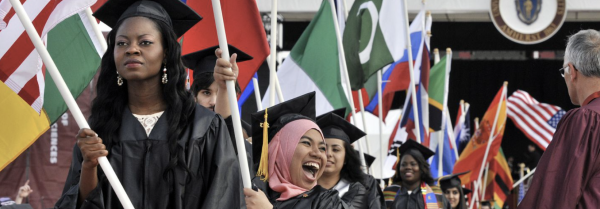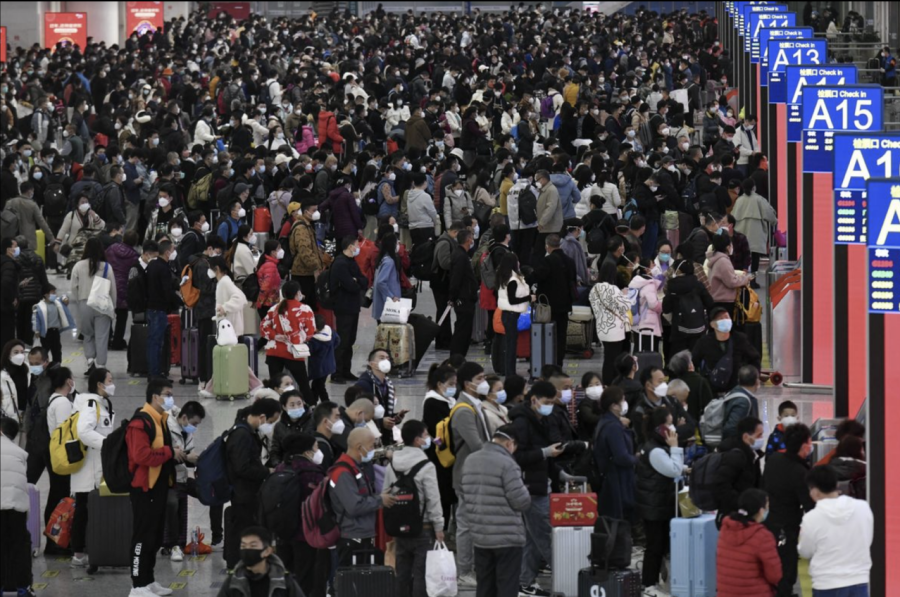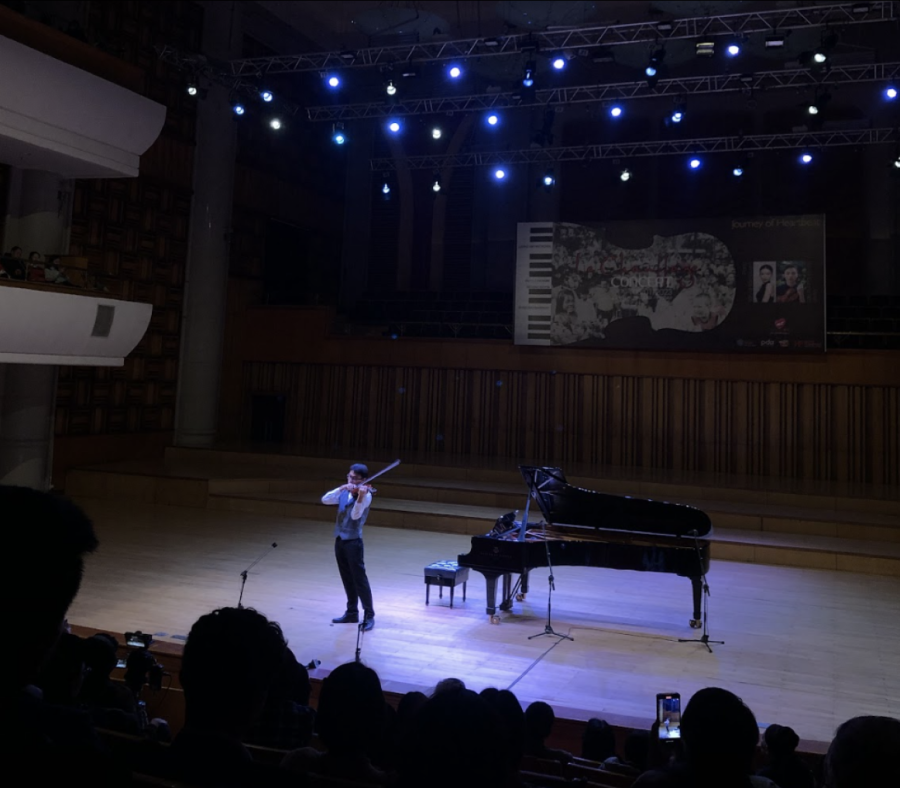The United States is the world’s most popular study-abroad destination, and its universities dominate the top 20 of every ranking list. The American college experience attracts international students for its cultural diversity, flexible learning environment, and reputation, including 16% of UNIS’ class of 2023. However, we’re also aware of the outlandish costs, unique values, and cultural idiosyncrasies of the United States for international students in particular. So, to what extent are international students at a disadvantage when it comes to getting accepted to American universities? I had the privilege of speaking with Ms. Fleming, a UNIS counselor, about this question.
Ms. Fleming agreed that cash flow and financial aid are significant hurdles for all students and “should be taken into consideration when an international student applies to a US university.” This is especially important for international applicants; according to US News, in fall 2020, the average acceptance rate to top US colleges for international students was 43.8%, but only around 1 in 3 awarded aid to international students. Another US News study found that last year, the average amount of aid received by international students — when they did receive it — was roughly $22,000. According to the HS Counseling team, UNIS students applying to the US typically pay upwards of $45,000 to $90,000 on average per year for tuition and living expenses.
Ms. Fleming noted that “It’s important to remember that US universities primarily cater to US citizens because they’re in the United States. It is more difficult for an international student to get money versus a US student because a US student has many different ways of getting money, such as federal financial aid and state financial aid.” She described the aid process for international students with the following thought experiment: “If a US university has 100 spots, they will give 80 spots to students who can pay in full, and they will only give 20 spots to students who cannot pay. Why is that? Because they need the money from those 80 students to run the university, and they will take part of that money to pay for the 20 students who cannot. This obviously is not the case for universities with major endowments like Harvard or Princeton, which have unlimited financial aid, and they have policies that don’t even look at how much money you can pay. But if you cannot pay full fees in America as an international student, it is much, much harder for you to get in.”
Some US universities may also not see international students as the right for them because of their unfamiliarity with American ideals. Ms. Fleming highlighted the differences between what “the US values” — breadth of knowledge and experiences — and what “some other cultures may value” — depth and academic rigor. “[The latter,] that’s not the US way. And so it might be that [international students because] they don’t fit what that specific university is looking for in a student. Many US universities … want to have this breadth of a student body.” She described a process by which top universities in particular “do something called ‘shaping the class.’ That is how they describe the way they hand-pick applicants based on what the college is currently looking for to create a diverse student body for that year.” They want students who like studying, but others who like sports, or music, or art, or poetry to create this diversity. Ms Fleming continued “I wouldn’t say that they’re denying them based on values of their culture, but it might just be that US values are very different and don’t align with what certain applicants bring to the table.”

Ms Fleming doesn’t believe this issue applies to UNIS students, fortunately. She notes that “UNIS is one of the most top tier, difficult international schools in the world, and I’ve worked […] at nine, and I can say that from experience, this is a really, really demanding school and I don’t think UNIS students are at a disadvantage when they apply to US universities.” UNIS provides students with unique extracurricular opportunities that “embody our values of community, courage, and diversity,” and the IB program, by design, also encourages students to explore subjects in both breadth and depth, catering to many schools of thought.
Intertwined with this discussion about values, another important factor affecting the American college experience is social and cultural differences. Being able to explore new opportunities and experiences is largely what excites students about university. Nevertheless, the fine line between new experiences and culture shock should be considered by students applying anywhere in the world. Ms. Fleming emphasized that “no matter where you are, when, whenever you move, whenever you transition, it’s going to be hard […] there are going to be social differences, there are going to be cultural differences. [A big] part of moving is about knowing, ‘Okay, I have to go through this transition, I have to learn this new US university culture, and how am I going to do that in a healthy, balanced way?’” UNIS encourages students to tap into their passions and discover how they align with the universities they are applying to, to fully understand and make the most of these new experiences.
It seems applying to and attending US universities is a more challenging experience for international students than US citizens, but this is no reason not to apply. These universities are indeed considered some of the best in the world, by American and international students alike. In fact, the challenges of a new culture and environment are often a key appeal of the American universities for international students. Therefore, the value of an American university experience is, ultimately, an individual judgment. For students deciding that this is the college experience for them, Ms. Fleming reminds them to “Practice self-care, set healthy boundaries, and obviously make sure that there’s a lot of fun and a lot of learning involved in the process.”





